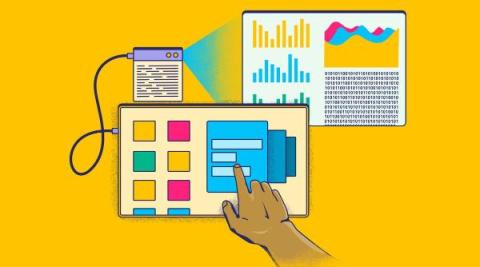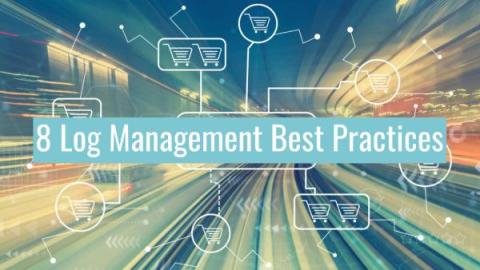Operations | Monitoring | ITSM | DevOps | Cloud
Logging
The latest News and Information on Log Management, Log Analytics and related technologies.
The Top 6 Root Cause Analysis Software and Tools
The heart of problem-solving is to outline and define the problem effectively, therefore, if you aren’t aware of what the problem is then it’s particularly challenging to accurately problem solve. This is where root cause analysis tools come in, root cause analysis software and tools are designed to identify the the cause of the issue to aid your ability to rectify the problem effectively.
3 Reasons Why You Need an Embedded, Modern Database
Today's applications demand efficient data handling to provide users with seamless experiences. One solution that has gained prominence is the use of embedded databases, which are integrated within applications rather than relying on external servers. Different from a database for embedded systems, databases embedded within applications offer several advantages for storing data and analyzing it, especially in scenarios where performance, deployment simplicity, and data security are important. Embedded databases, or an embedded database management system (DBMS), can serve a variety of use cases, but are especially valuable for applications that need to provide analytics capabilities.
The concise guide to Loki: How to get the most out of your query performance
Thanks for joining me for Part 3 of “The concise guide to Grafana Loki,” a series of blog posts that takes a closer look at best practices for various aspects of using the log aggregation system. Today’s post is my holiday present for all the folks out there running Loki who would like to get the most query performance they can out of their cluster.
Your Guide to Securing Project Funding and Yearly Budget Planning
As an engineer, you know your company’s problems, and you know what to do about them. However, being heard within your organization and funding a project can be challenging. Top executives might not understand your job’s ins and outs of the tools you need to do it well. Still, you need people holding the purse strings to understand why investing in your idea is brilliant.
Real User Monitoring Demystified: Elevating User Experiences and Web Performance
With constantly decreasing user attention spans, ensuring a seamless user experience has become a priority for all digital businesses. Users who encounter minimal application disruptions and responsive interactions will likely stay engaged and loyal to your product. And that’s exactly what RUM or Real User Monitoring tools such as Coralogix’s RUM solution offer.
How to monitor a mobile App's store ratings with Sematext
Complexity in the Clouds: A Comprehensive Checklist for Smooth Migration
“Hasn’t everyone already migrated to the cloud?” is a question you might be considering now. For many businesses – sure, they’ve migrated workloads and operations to the major cloud providers like Amazon Web Service, Google Cloud Platform, and Microsoft Azure. Still, many businesses have just now worked through their due diligence and scalability concerns. While many businesses are “fully cloud,” there are just as many yet to migrate.
Best Practices for Effective Log Management
Kubernetes and Beyond: A Year-End Reflection with Kelsey Hightower
With 2023 drawing to a close, the final OpenObservability Talks of the year focused on what happened this year in open source, DevOps, observability and more, with an eye towards the future. I was delighted to be joined by a special guest, Kelsey Hightower, a renowned figure in the tech community, especially known for his contributions to the Kubernetes ecosystem.










